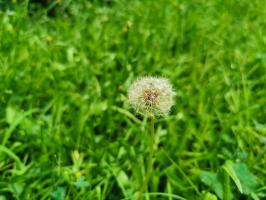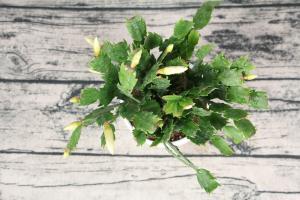difference
Patching: it refers to the common abnormal variation phenomenon in flowers, which belongs to a variation phenomenon of plant morphology.
Patching variation: refers to the abnormal division and doubling of the growth cone at the top of some species of succulent plants under unexplained external stimulation (watering, sunshine, temperature, medicine, climate mutation, etc.), forming many small growth points, and these growth points develop laterally and connect into a line, and finally grow into flat fan-shaped or chicken crown shaped ribbons. The modified plants are more valuable than the original species (planting) because of their strange shape and higher ornamental value.
At present, South Korea is particularly popular to raise fleshy plants, and collecting these exotic plants has also become one of their pleasures.
The figure below shows the decoration of black feather jade

Patching and multi head comparison

Through comparison, we can see that the difference between Patchwork and multi head lies in the difference of stem. The stem is like a cockscomb or a fan. However, multiple heads are only the difference of several stems, and there are several stems at several heads.
Cut the meat in the top view (looking down from the top), and the section can see that the patched sections are connected. In fact, the method to distinguish between multi meat and multi head is still very simple: multi head meat has a separate stem, one stem and one head. If there is only a round stem at the lower part of the leaf, not a cockscomb or fan-shaped stem, it is just a multi head.

Will the stem of modified meat and the stem of multi head meat coexist? See the figure below:

In the figure, 1 is a patched stem and 2 is a circular ordinary stem. It can be seen that the two can coexist.
A friend who loves meat asked, must the blade inserts broken from the decorated meat be decorated? Not necessarily, it is not feasible to reproduce dressed meat by breaking leaves because it is the meat variation caused by external conditions, not the genes of the meat itself.
Appreciating meat and consolidating knowledge points:
The fan-shaped stem will also split, and its nature is the same as that of meat. The point variation of growth makes the stem grow together, resulting in the stem becoming fan-shaped or cockscomb type, while the nature of easy to grow side buds remains unchanged, which will become patchy multi head.


 jackfruit
jackfruit snake plant
snake plant hibiscus
hibiscus hydrangea
hydrangea lavender
lavender Green roses climb al...
Green roses climb al... If you don't pay att...
If you don't pay att... Management of four g...
Management of four g...



































